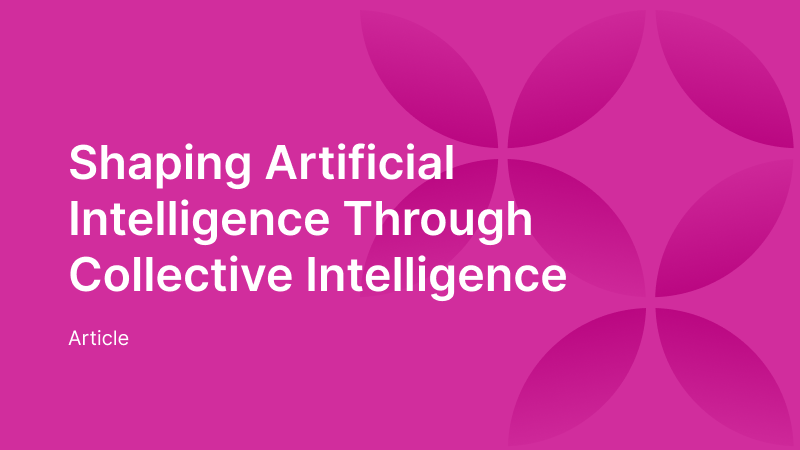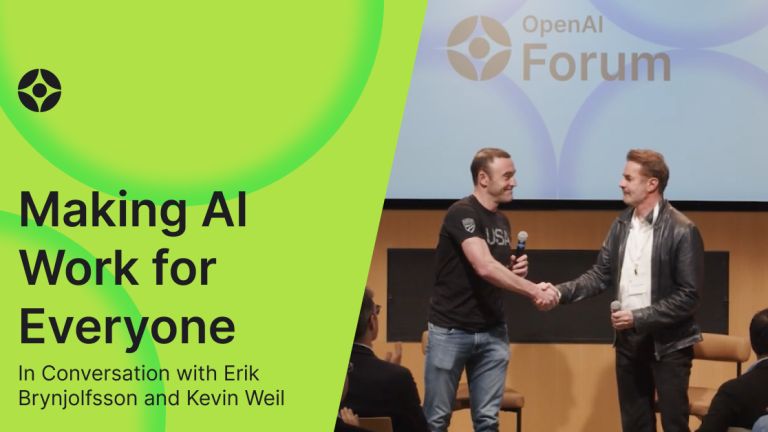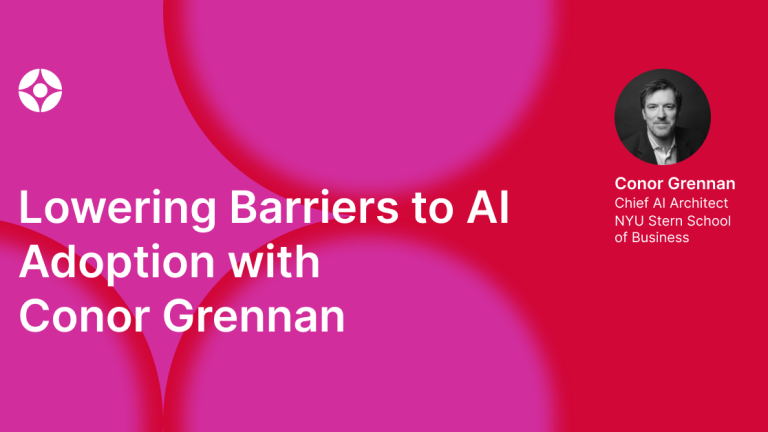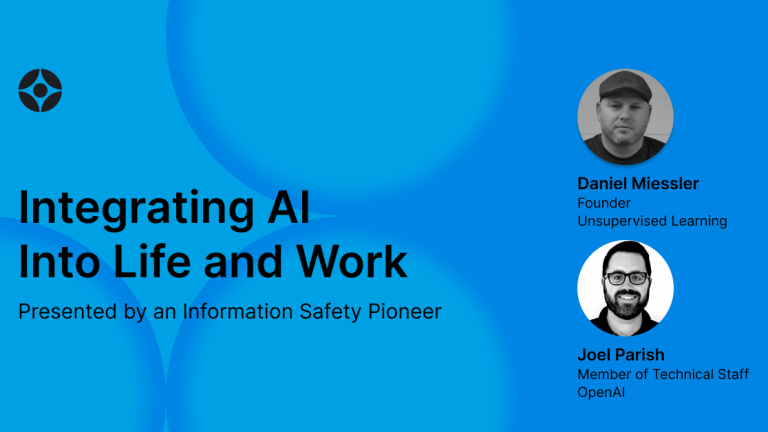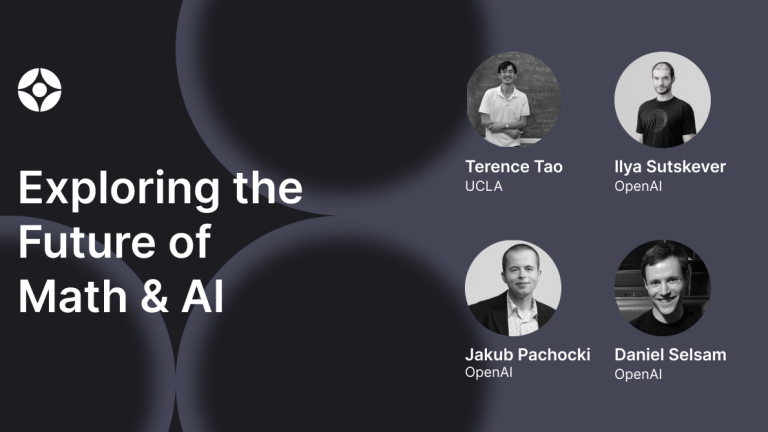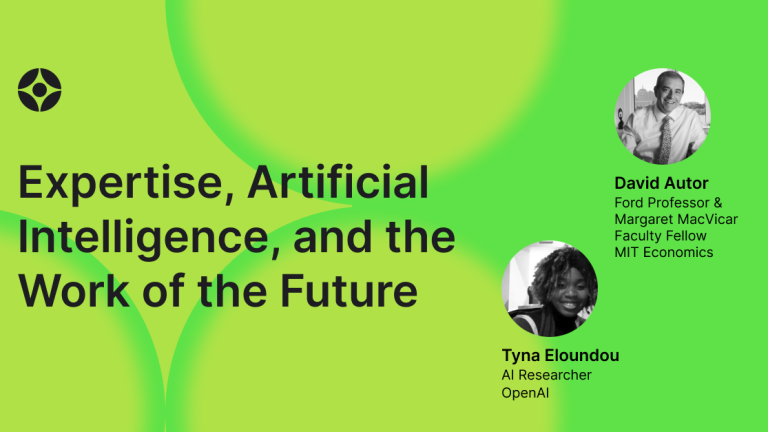Unleashing Collective Genius: Crafting the Future of AI Innovation
In this article, you’ll explore:
How urgent and complex AI governance is
The objectives of the Collective Intelligence Project in guiding AI development for the common good
Why existing governance frameworks are falling behind AI innovations
How OpenAI collaborates with CIP to engage the public in AI decision-making through ‘alignment assemblies’
The role of AI in enhancing processes of collective intelligence
Earlier this year, the White House introduced the Blueprint for an AI Bill of Rights. Although this document is not yet enforceable, it represents a pivotal step toward regulating AI technology, which is rapidly transforming our daily lives. One of its fundamental principles highlights the public’s right to be engaged in the creation, utilization, and application of AI systems. This principle acknowledges the vast implications of AI and affirms that the communities affected by these technologies should have a voice in their development. However, transitioning from this promising notion to practical implementation—particularly in collecting, synthesizing feedback, and applying it—is a significant challenge.
OpenAI recognizes the need for substantial innovation, stating, “We require substantial innovation to navigate this swift, transformative technology.” To tackle these challenges, OpenAI is supporting forward-thinking experiments in democratic processes intended to regulate AI behavior. During the launch of the OpenAI Forum, Divya Siddarth and Saffron Huang from the Collective Intelligence Project (CIP) articulated their vision for integrating public engagement into AI development. The conversation was guided by Lama Ahmad, a policy researcher at OpenAI committed to incorporating diverse perspectives in addressing the societal implications of AI and its evolution.
Divya and Saffron established CIP this year with the intent to “focus technological progress on the collective good.” Their mission emphasizes embedding public input into AI systems—a commitment to align AI with human values through collective intelligence, which they define as decision-making technologies, processes, and institutions that enhance our ability to address shared challenges.
While there are significant risks involved, the opportunities are equally vast. This brings forth the question: how can we instill a sense of collective agency in this realm?
CIP urges immediate action—not to disrupt existing systems, but to shape a prosperous future. Rather than getting lost in existential fears about AI’s potential dangers, CIP inspires proactive engagement to face these challenges and guide them towards greater collective advancement.
The need for action couldn’t be clearer. As Saffron states, “Technology is evolving quicker than our democratic systems can cope with, profoundly impacting individuals almost immediately.” CIP is dedicated to bridging this gap by enhancing the ability of communities to articulate their shared goals, thus establishing a new governance framework suitable for transformative technologies.
Current collective intelligence frameworks are inadequate for the task. Traditional democratic mechanisms are struggling to keep pace with swift technological advancements and have failed to adequately respond to public concerns—from social media oversight to climate risk management. Alongside representation issues, there is a clear need for a more robust model for collective decision-making in AI governance.
Relying solely on market dynamics is unfeasible, as profit-driven motives can often conflict with human values, leading to potentially grave consequences. Conversely, it is neither practical nor advisable to halt technological progress due to a lack of agreement or the means to achieve it.
So, how can we implement collective intelligence within the sphere of AI?
The formulation of an effective collective intelligence model for transformative technologies is still under exploration. However, Divya and Saffron have identified key design considerations (including what decisions to make, who to consult, how to appropriately frame questions, and what tools and methods to utilize for public outreach). They understand that existing models may need customization for specific issues, with optimal strategies emerging from various pilot initiatives adopting different approaches.
Through its partnership with OpenAI, CIP is currently exploring ‘alignment assemblies.’ This concept aims to align AI with collective societal values while gathering a diverse array of participants to discuss and evaluate their needs, aspirations, and concerns regarding the evolving technology.
The inaugural pilot event in June focused on identifying risks associated with AI systems, utilizing wikisurvey tools to compile a ranked list of primary concerns from the U.S. general public. This valuable data will inform evaluations, release criteria, and broader standards and regulations.
Creating an effective model requires the harmonization of public and expert insights. Divya and Saffron have emphasized this need, highlighting the attentiveness required in developing effective collective intelligence processes. As Divya explains, “You can’t simply ask the public what evaluations they would create for models.” Saffron adds, “Public concerns are specific and should be acknowledged, while experts understand the context of what is realistic to evaluate.”
While evaluations may not seem immediately accessible for public input, Lama points out their importance: “They’re actionable and vital for AI companies” and an essential precursor to “comprehending the capabilities and limitations of models.” A solid understanding of the technology is crucial when making informed regulatory choices.
Divya shares positive feedback from the initial discussions, noting that participants engaged in a thoughtful and meaningful manner. The next challenge lies in efficiently aggregating this collective intelligence data and ensuring it translates into concrete outcomes.
Excitement surrounds the potential for technology to enhance these initiatives.
Both CIP and OpenAI are eager to explore how AI can aid collective intelligence processes. For instance, language models could facilitate dialogues to achieve consensus and analyze extensive qualitative input, helping to synthesize diverse opinions into scalable solutions.
This balance between nuance and scalability is an ongoing challenge in collective intelligence, one that AI might help address through improved public input gathering and analysis. Saffron envisions a future where “people’s values are seamlessly integrated into technology, iterating on that to improve model alignment through reinforcement learning from collective feedback.” Essentially, CIP envisions a scenario where collective intelligence informs AI, and AI, in turn, innovatively enhances collective intelligence methodologies.
Stay tuned for more insights from these pilot initiatives in the coming months. In the meantime, you can explore OpenAI’s Democratic Inputs to AI grants, delve into the Collective Intelligence Project through its white paper, and catch the full event recording.
